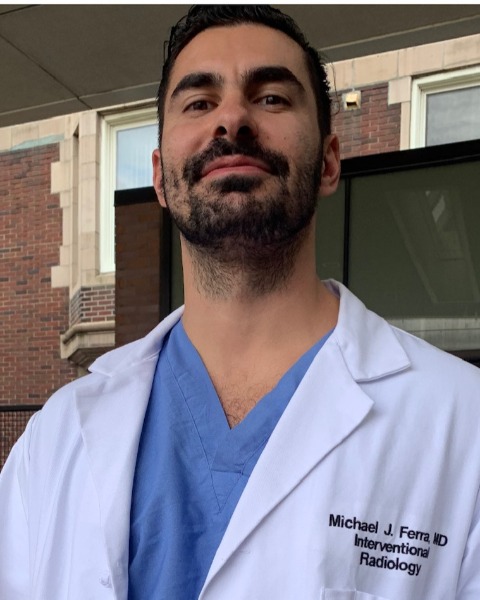Practice Development
Peer Learning in IR: Getting By With a Little Help From Your Friends

Michael Ferra, MD
Interventional Radiologist
Albert Einstein Medical CenterDisclosure(s): No financial relationships to disclose
- DB
Derek Biederman, MD
Interventional Radiologist
Einstein Medical Center, Jefferson Health 
Jung H. Yun, MD
Integrated IR/DR Resident Physician
Einstein Medical Center, Jefferson Health- RL
Ryan K. Lee, MD
Radiology Department Chair
Einstein Medical Center, Jefferson Health
Abstract Presenter(s)
Author/Co-author(s)
The adoption of peer review/peer learning processes have been met with friction and hesitancy as there is a stigma these systems will have punitive effects on the practicing radiologists. In reality, the peer learning process is an integral part of generating a just culture within a radiology department and a hospital enterprise as a whole. This exhibit aims to outline the peer learning process utilized at our institution and the mechanisms used to increase adoption and utilization of peer learning both from an educational and systems-wide perspective.
Background:
In the past, radiology utilized a “peer review” structure to promote quality and patient safety within radiologist reports. This relied on a computer opening up a colleagues prior report and the radiologist indicating if they agreed with the report utilizing a numerical scale. This structure was associated with remuneration and concerns about backlash from staff. In order to promote a culture of learning and patient safety, our interventional radiology department has moved to a peer learning model in which attending physicians are asked to review at least 1-2 of their peers cases per month for discrepancies and great calls. This information is then pooled by a patient care champion and reviewed at monthly QI conferences in order to promote learning, patient safety and departmental growth.
Clinical Findings/Procedure Details:
Moving to a peer learning model our interventional radiology department has seen a greater buy-in to the QA and M&M process. To improve staff involvement we implemented various tactics which are applicable across hospital systems. First, we integrated our peer learning system (PeerVue) directly into the PACS so that its utilization was part of the daily workflow. We added the qualifier of great call to emphasize that Peer Learning does not only involve pointing out other staff members mistakes, but is also meant to celebrate successes. Finally, we utilize the information submitted to PeerVue in an anonymized fashion as the driving force for our QA/M&M conferences, which demonstrates to participating physicians that their work is being used for educational purposes and to effect change within the department.
Conclusion and/or Teaching Points:
Embracing the Peer Learning model within our interventional radiology department has been used to promote staff education and effect improvements in the realms of patient safety and education. This exhibit aims to demonstrate ways that any interventional radiology department can improve staff perception of the Peer Learning process and integrate it into their clinical, educational and patient safety work flows.

.jpg)
.jpg)
.jpg)
.png)
.png)
.png)
.png)
.png)
.png)